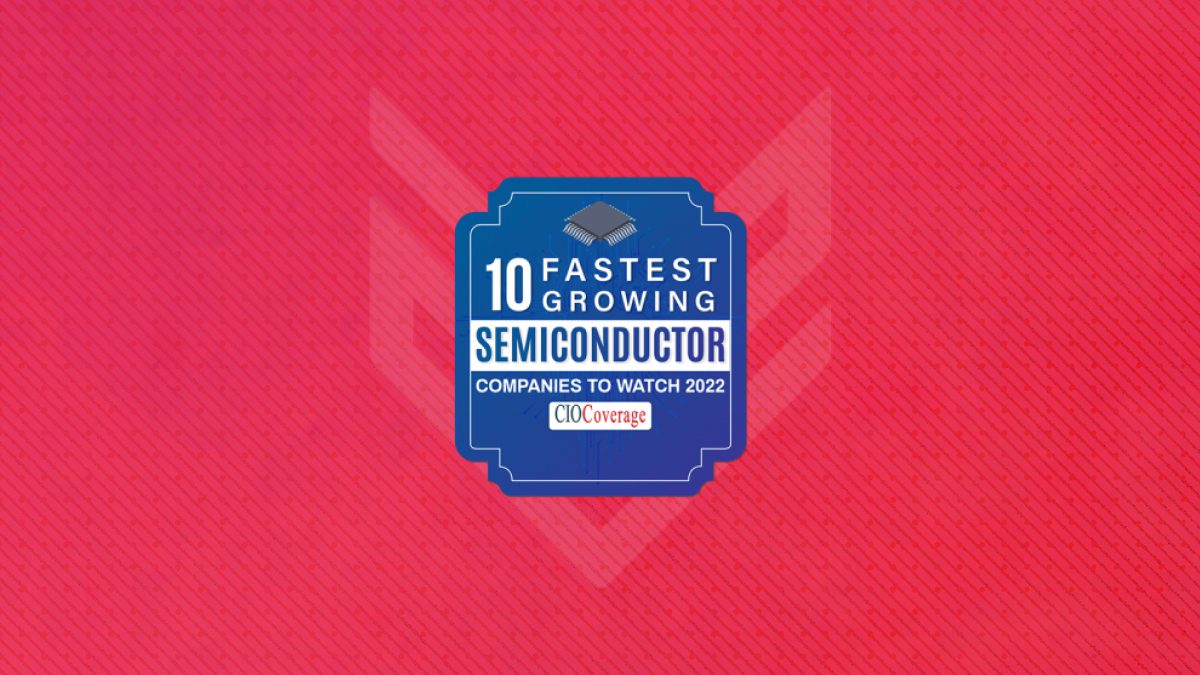Semiconductor Companies Prepare for a Rocky Year
Any industry that relies on semiconductor manufacturing and the global supply chain may be in for another challenging year. While inventory levels are catching up (sometimes too much), demand is decreasing for most segments. Drops in profits and lower semiconductor output last year will likely impact prices in 2023 and beyond. But an uptick in global semiconductor investments may help even things out. Let’s take a closer look at our January industry update.
Oversupply and Decreased Demand
Analysts predict that over-capacities and lessening demand will lead to an approximate 20% drop in the semiconductor industry this year. As inflation affects consumer electronics pricing and demand returns to normal levels after the height of the Covid-19 pandemic, excess inventory is already piling up. According to some reports, consumer component inventories are at their highest in over a decade. And wherever there’s an overcapacity, components will sell at cost. Historically, over-capacities take more than a year to resolve. Experts are saying this one may take a little longer. Meanwhile, the automotive industry is having the opposite problem — supply is still lagging behind demand, and shortages will likely continue through 2024.
Significant Drops in Semiconductor Manufacturing and Profits
Semiconductor manufacturing in South Korea took a big hit last year, reporting the most significant drop in production since the 2008 financial crisis. Semiconductor price increases partially drove an industry-wide decrease in growth during 2022. Samsung Electronics reported a 69% decline in its quarterly operating profit, marking its sharpest drop over a decade. TSMC’s revenue is likely to see a quarterly decrease of up to 15% due to the reduction in orders. However, their foundry prices will continue to increase.
Will Global Investments and Government Incentives Help the Industry?
The semiconductor industry is attracting new attention from investors spurred by U.S. and European CHIPS legislation. The CHIPS Act has already sparked over $200 billion in private investments in the States. Additionally, government incentives are likely to be quite helpful for the industry in Europe, Japan, and the U.S. However, China has already outpaced all three by committing about $73 billion in semiconductor subsidies and $50 billion in grants, equity investments, and low-interest loans.
Challenges in the semiconductor industry have become the new normal, but Velocity is ready to face them head-on. We understand what it takes to keep moving through unpredictability. Whether you’re managing excess inventory, supply chain shortages, price increases, or production declines, we are your partner in navigating the global market. With local experts in 27 locations worldwide, we’ve got you covered. Submit your RFQ today.



